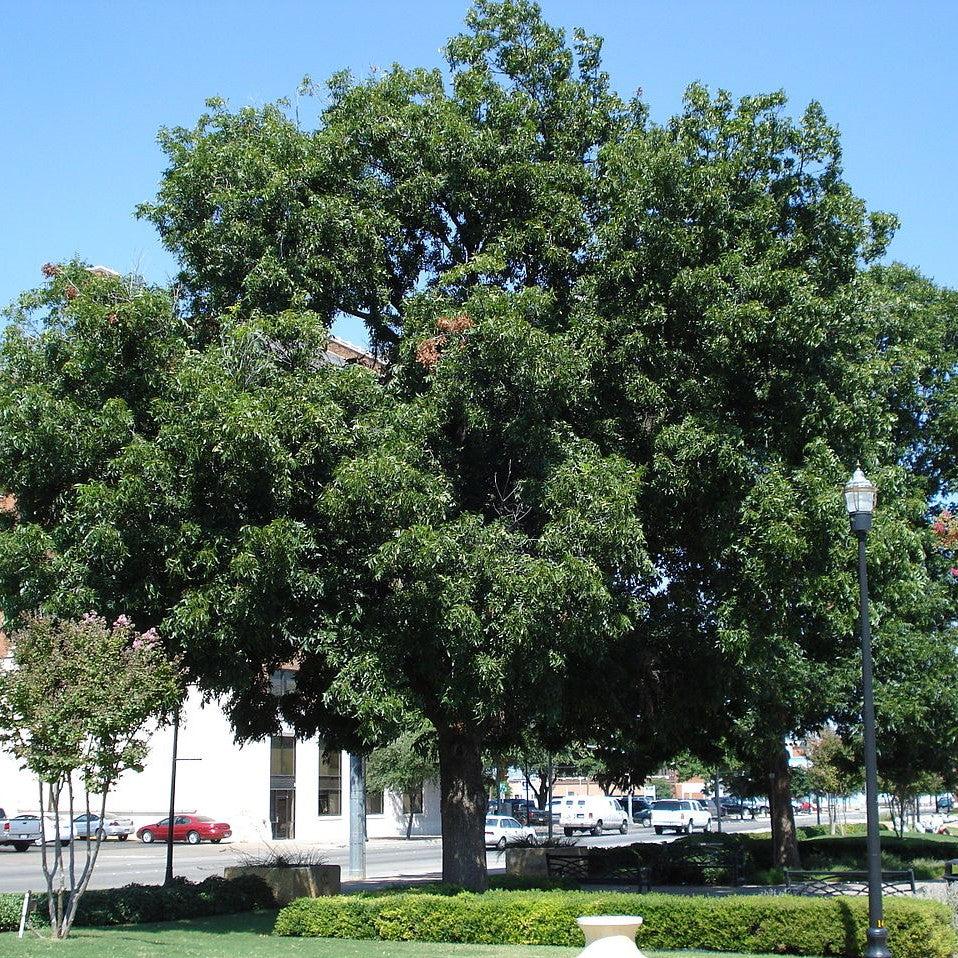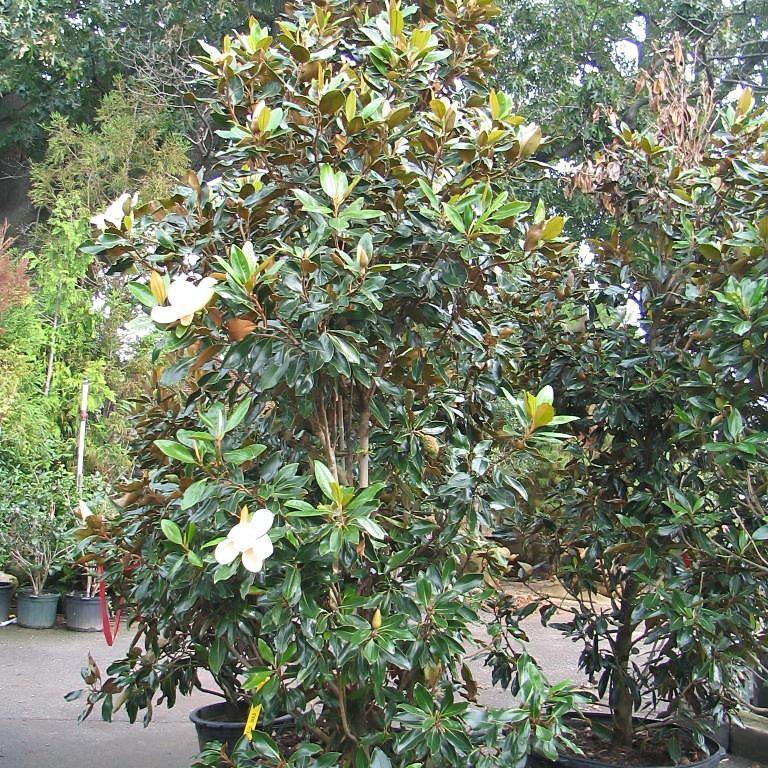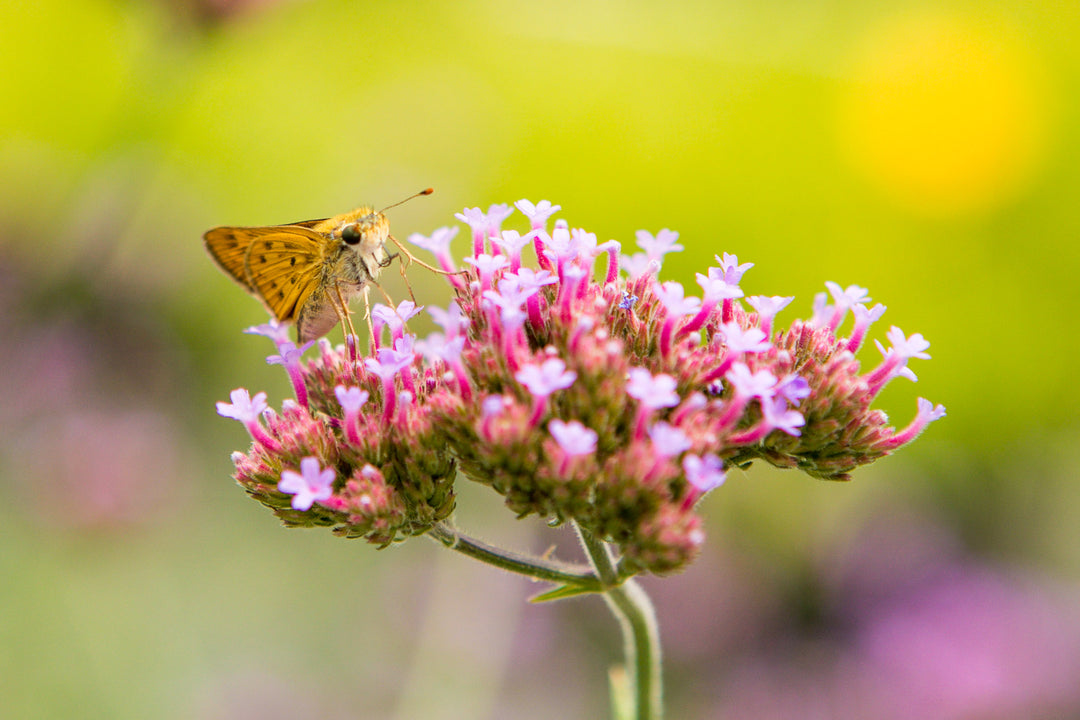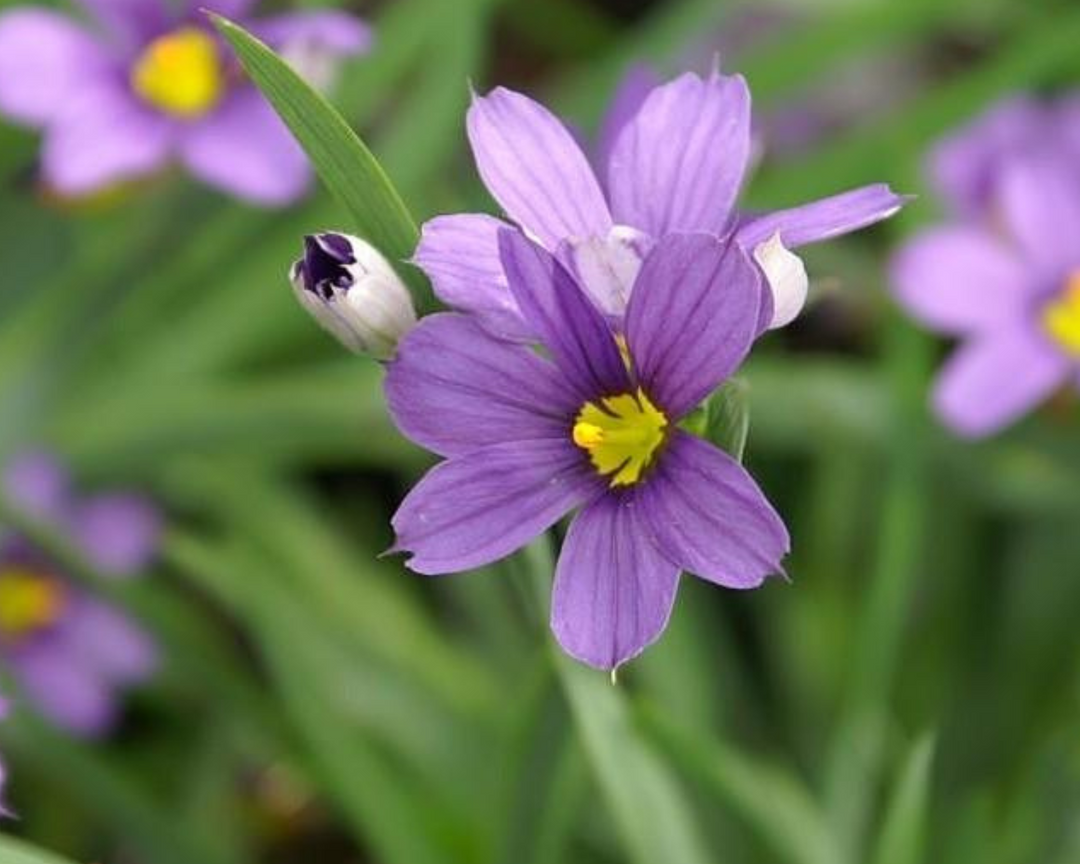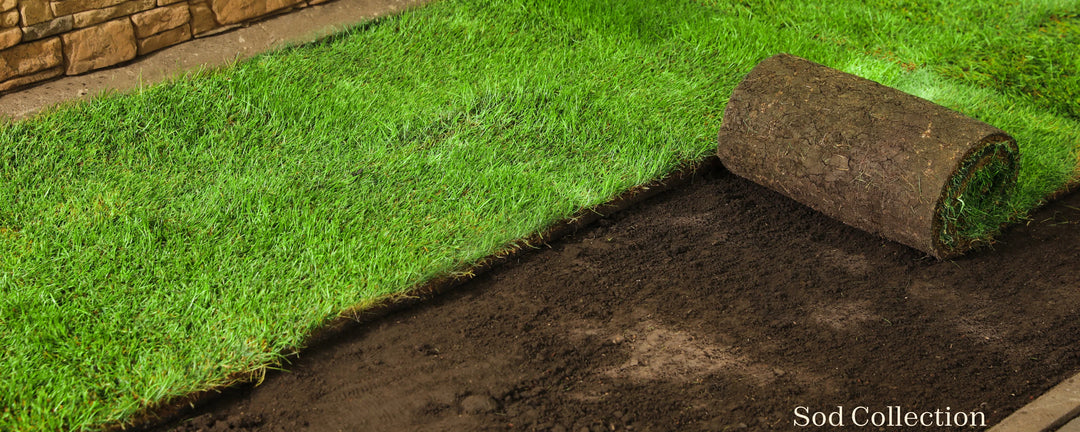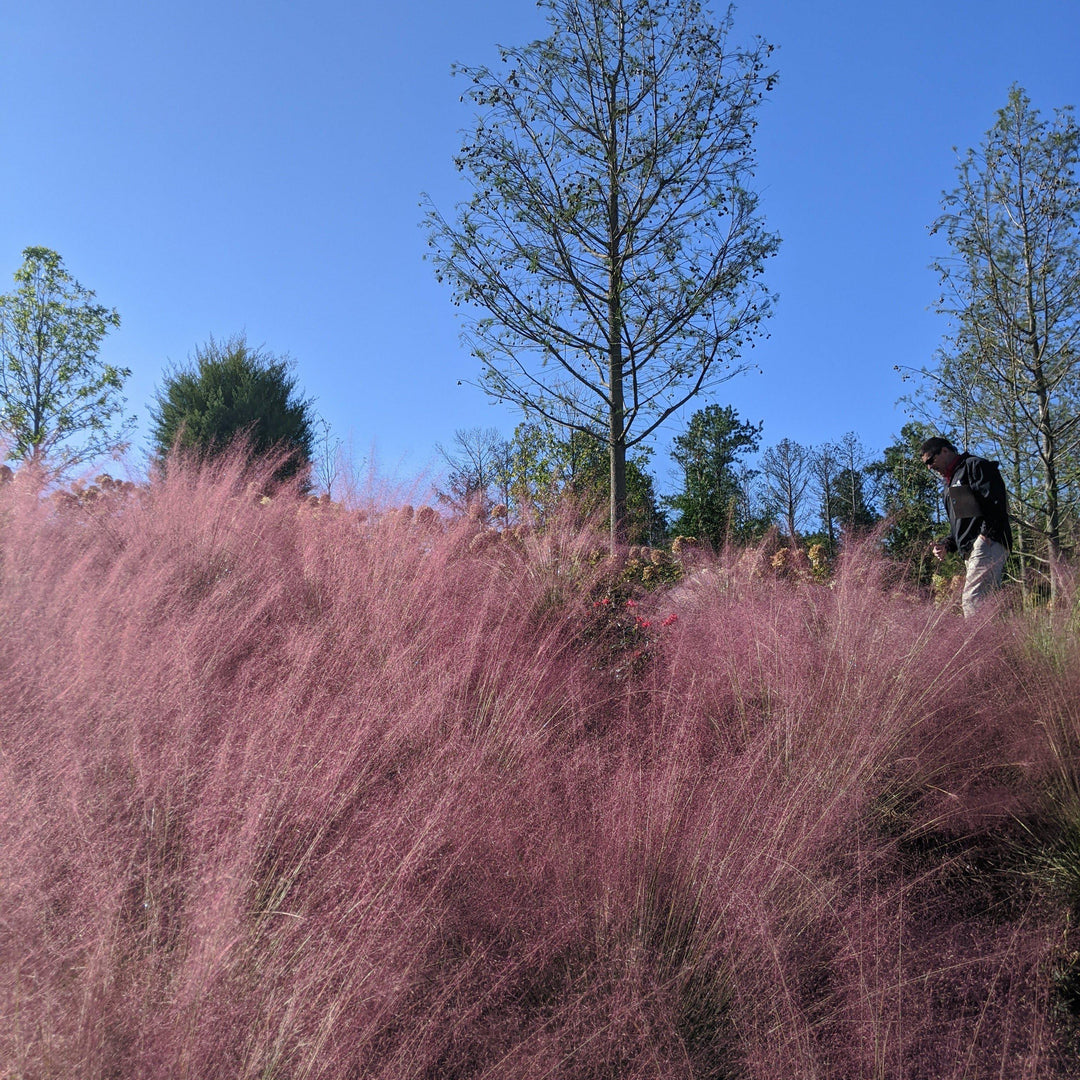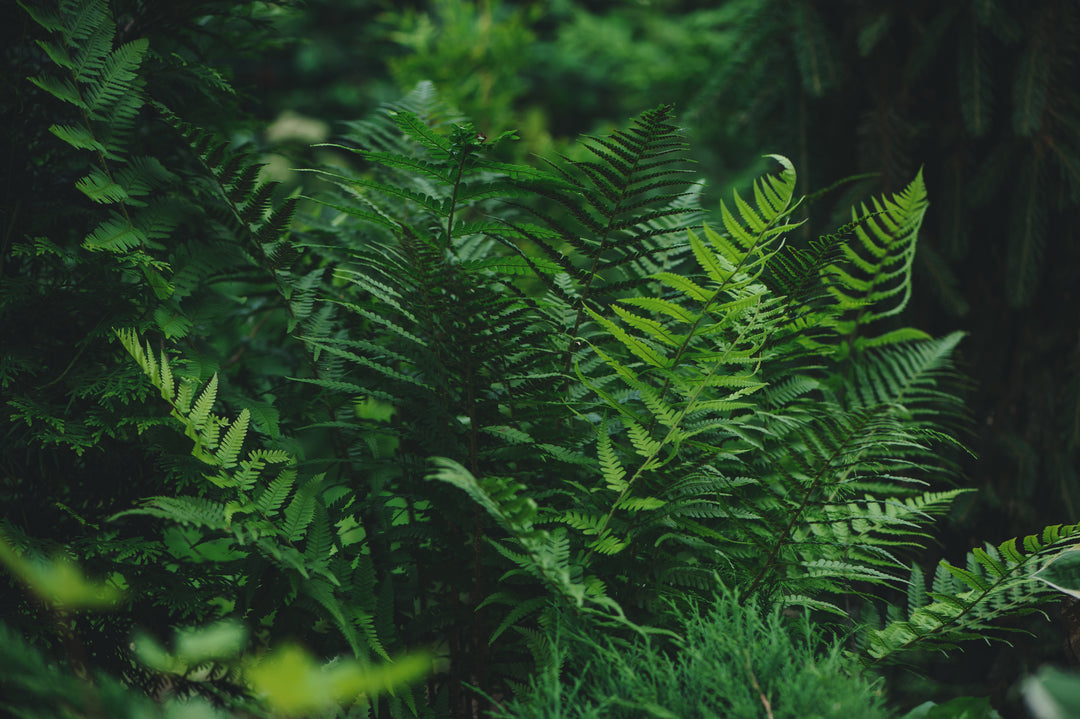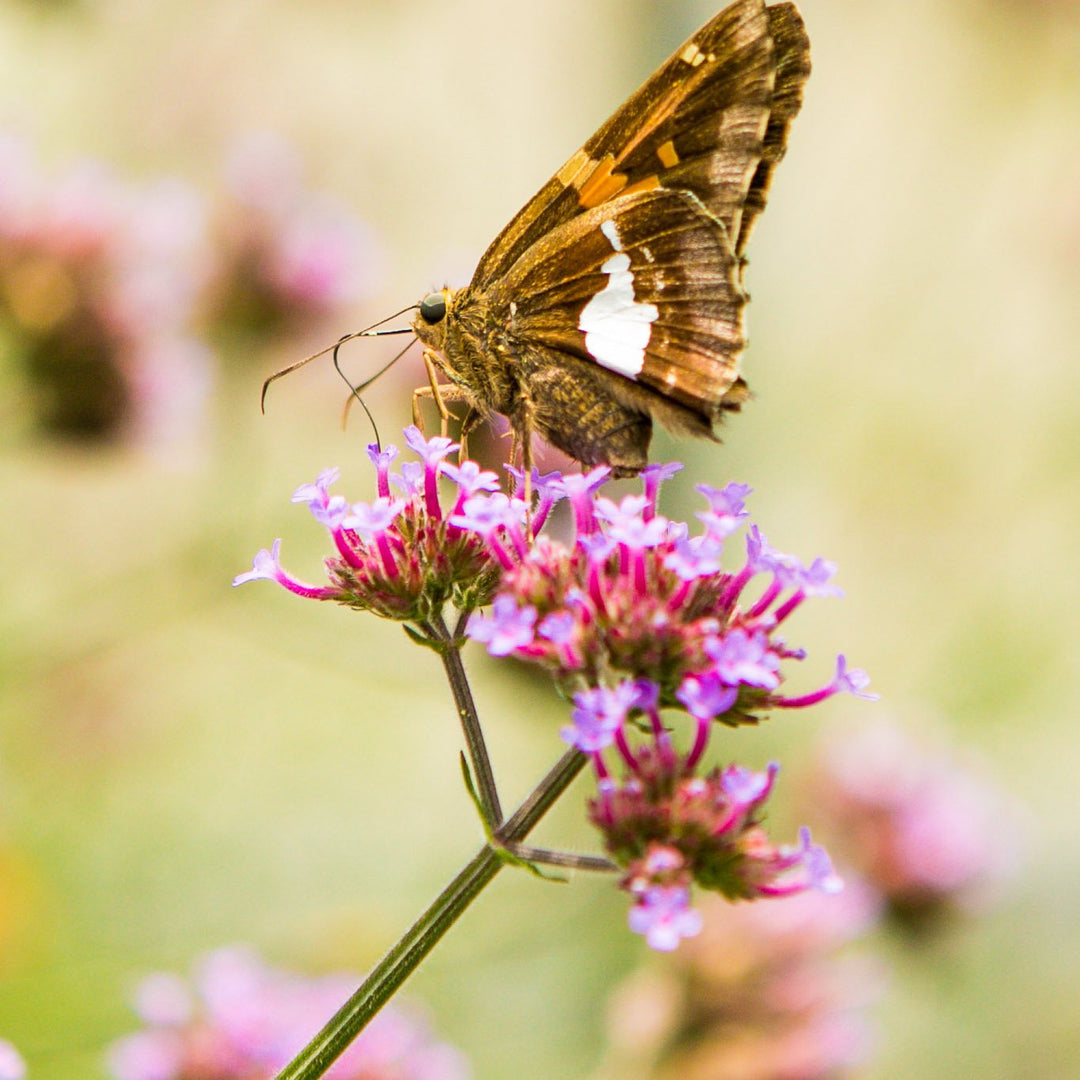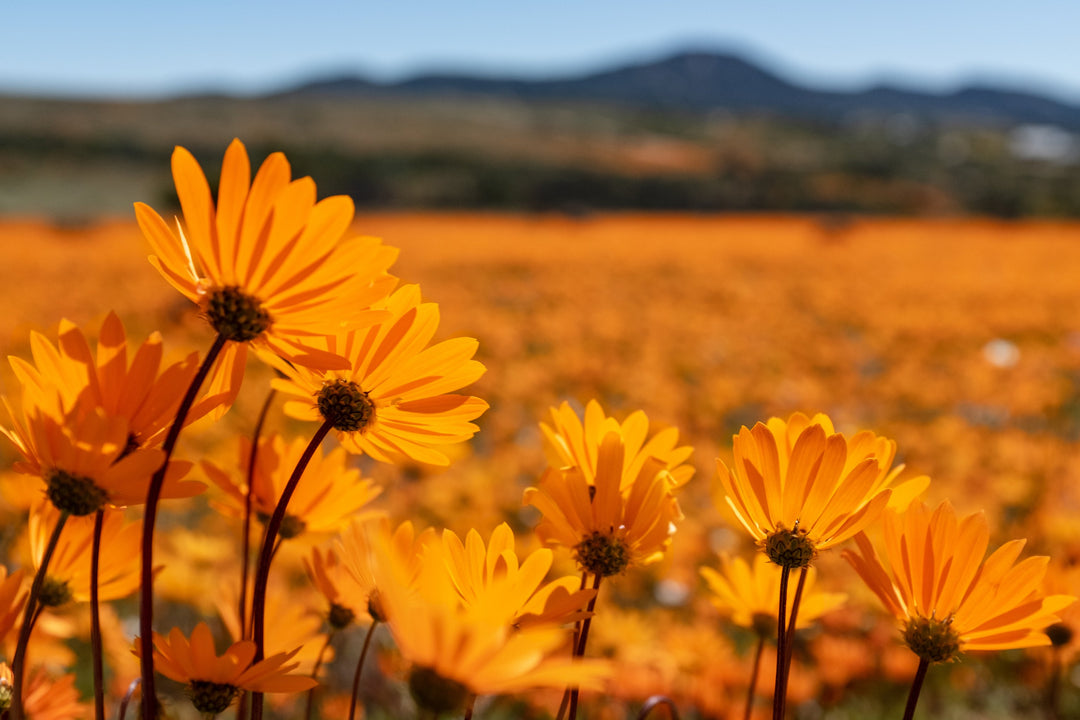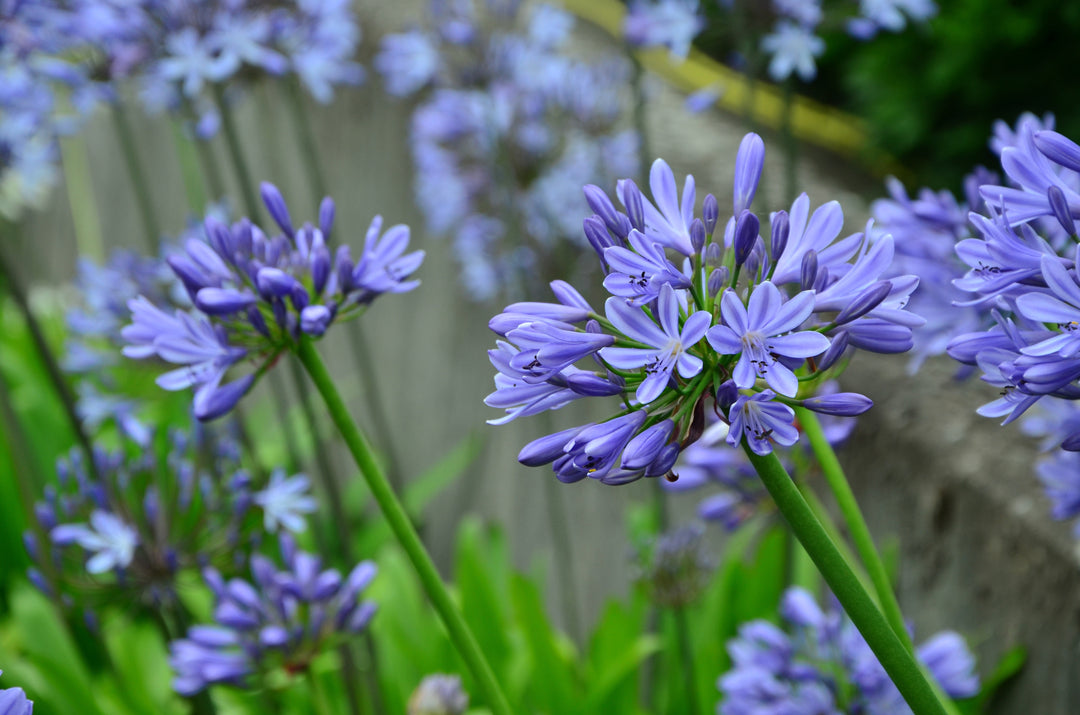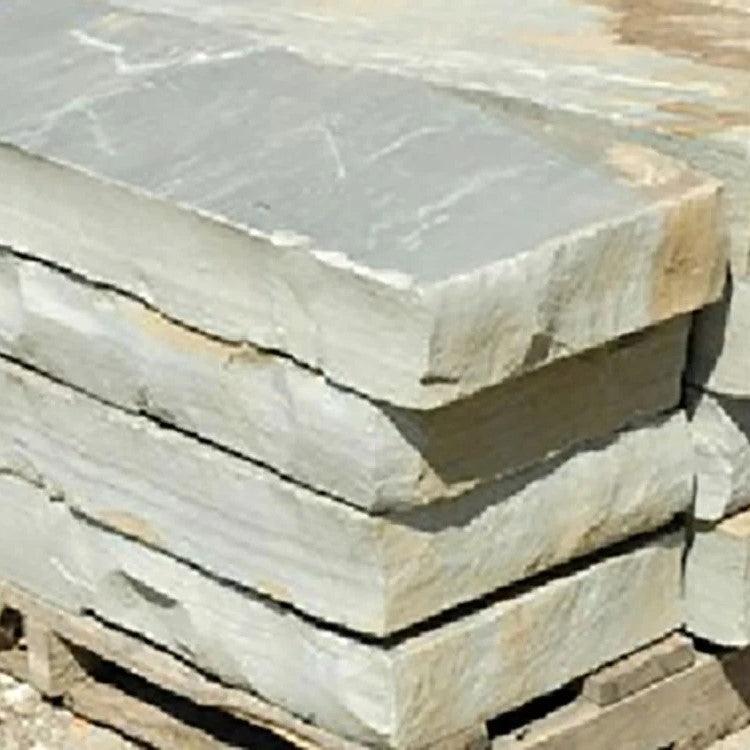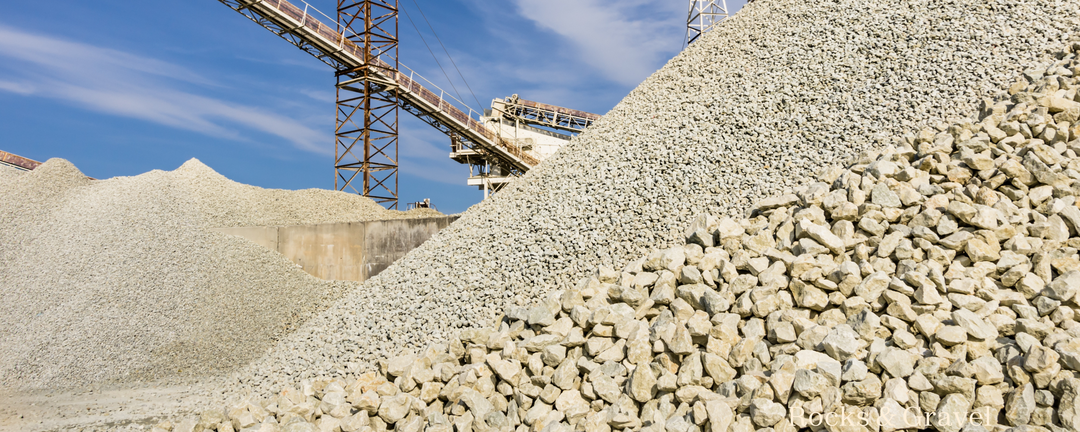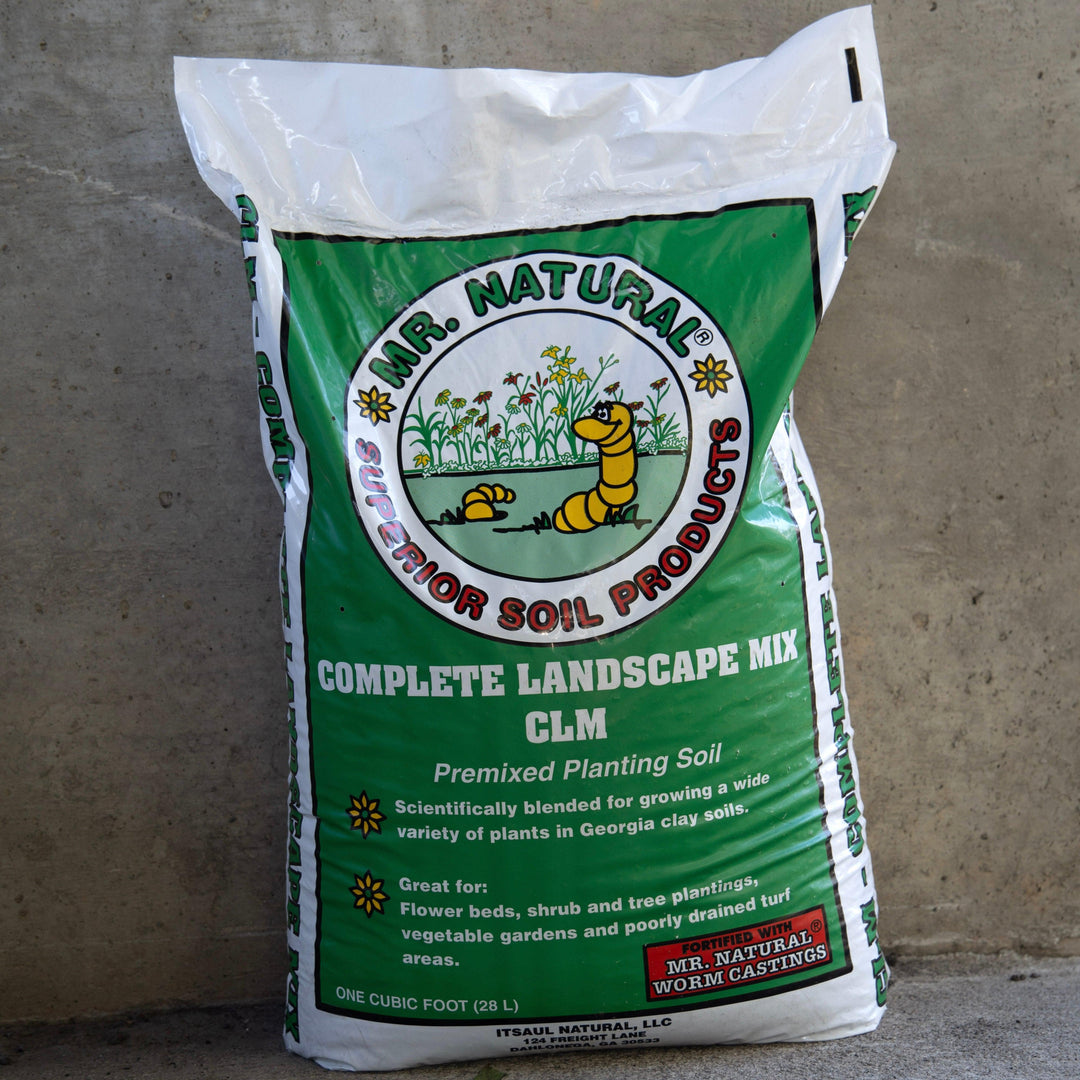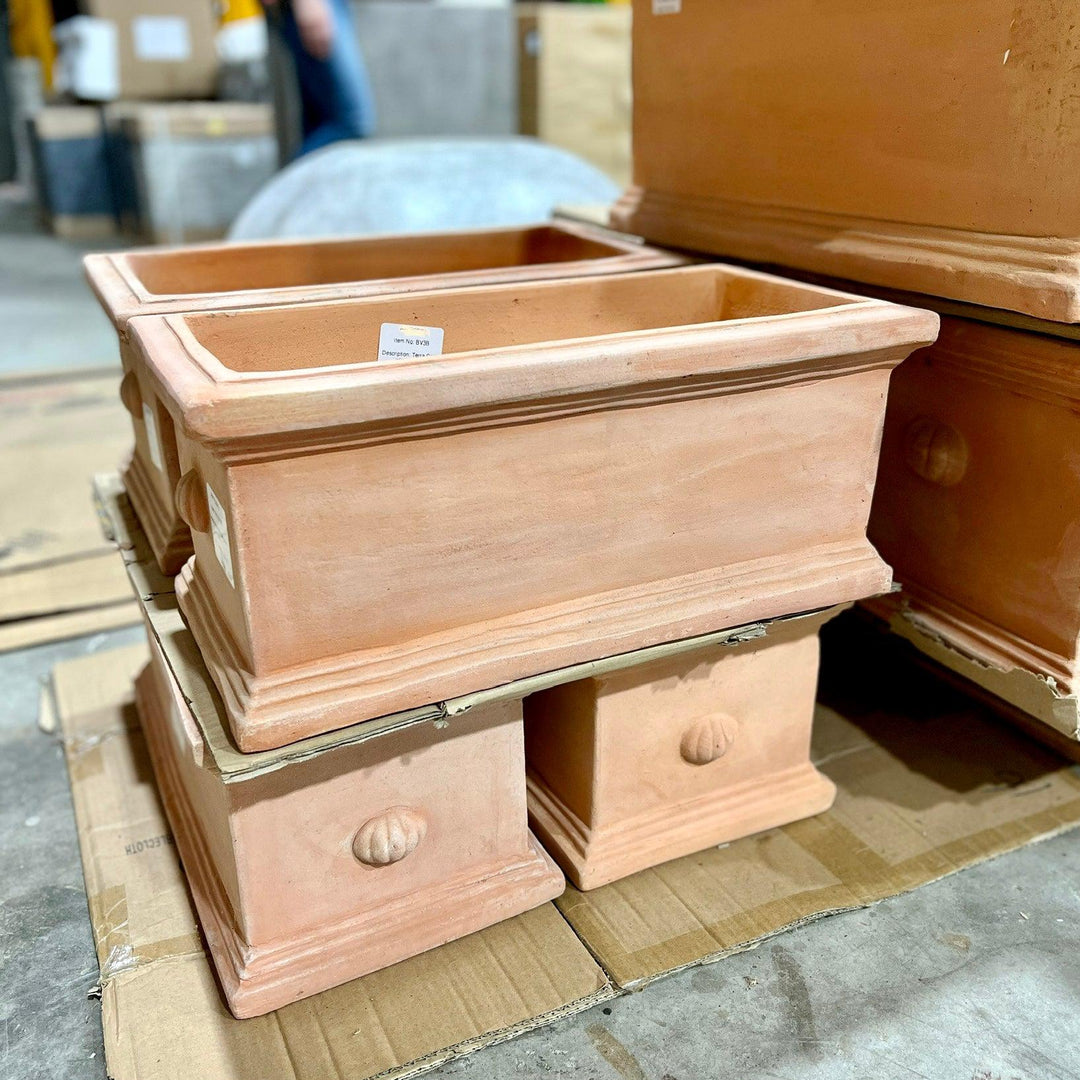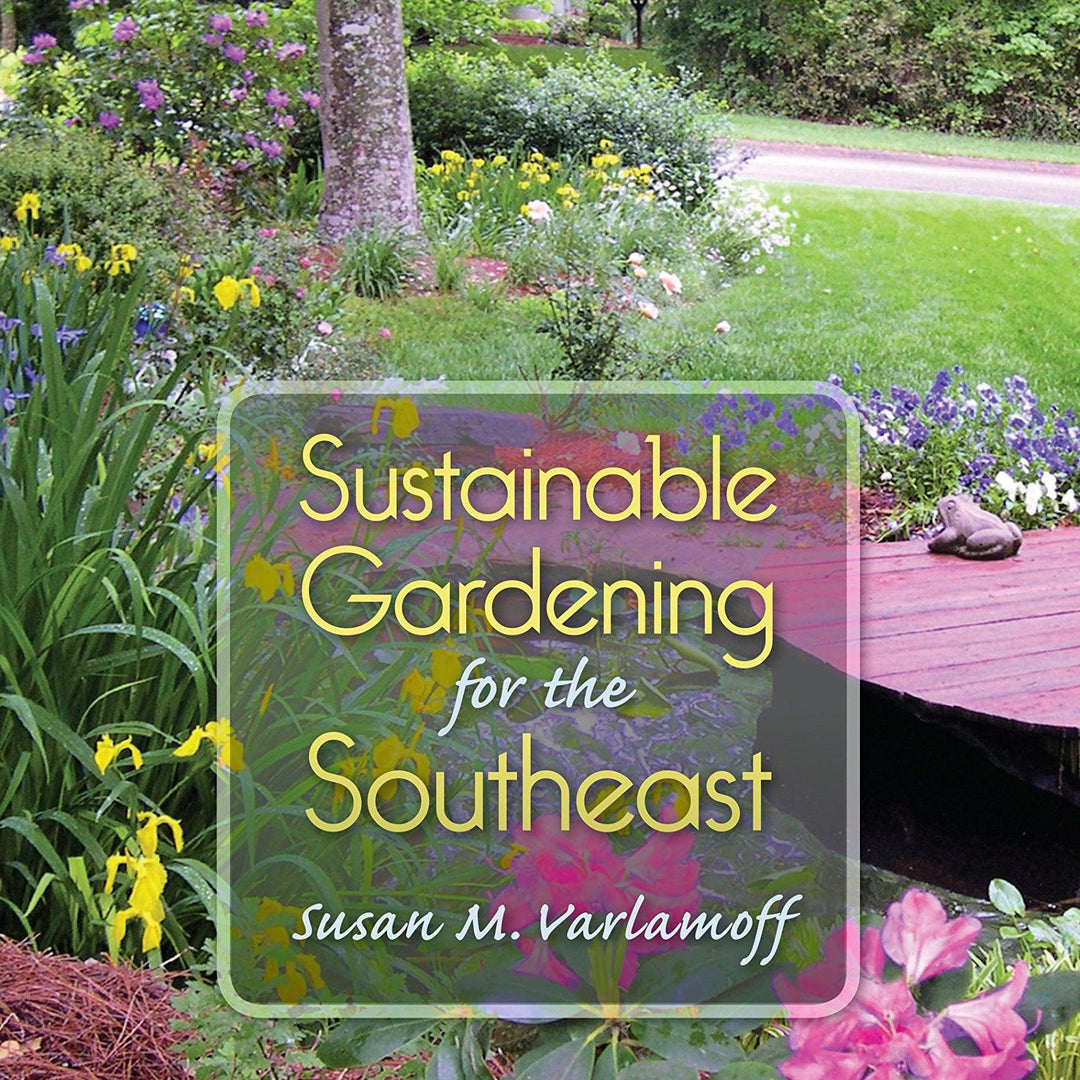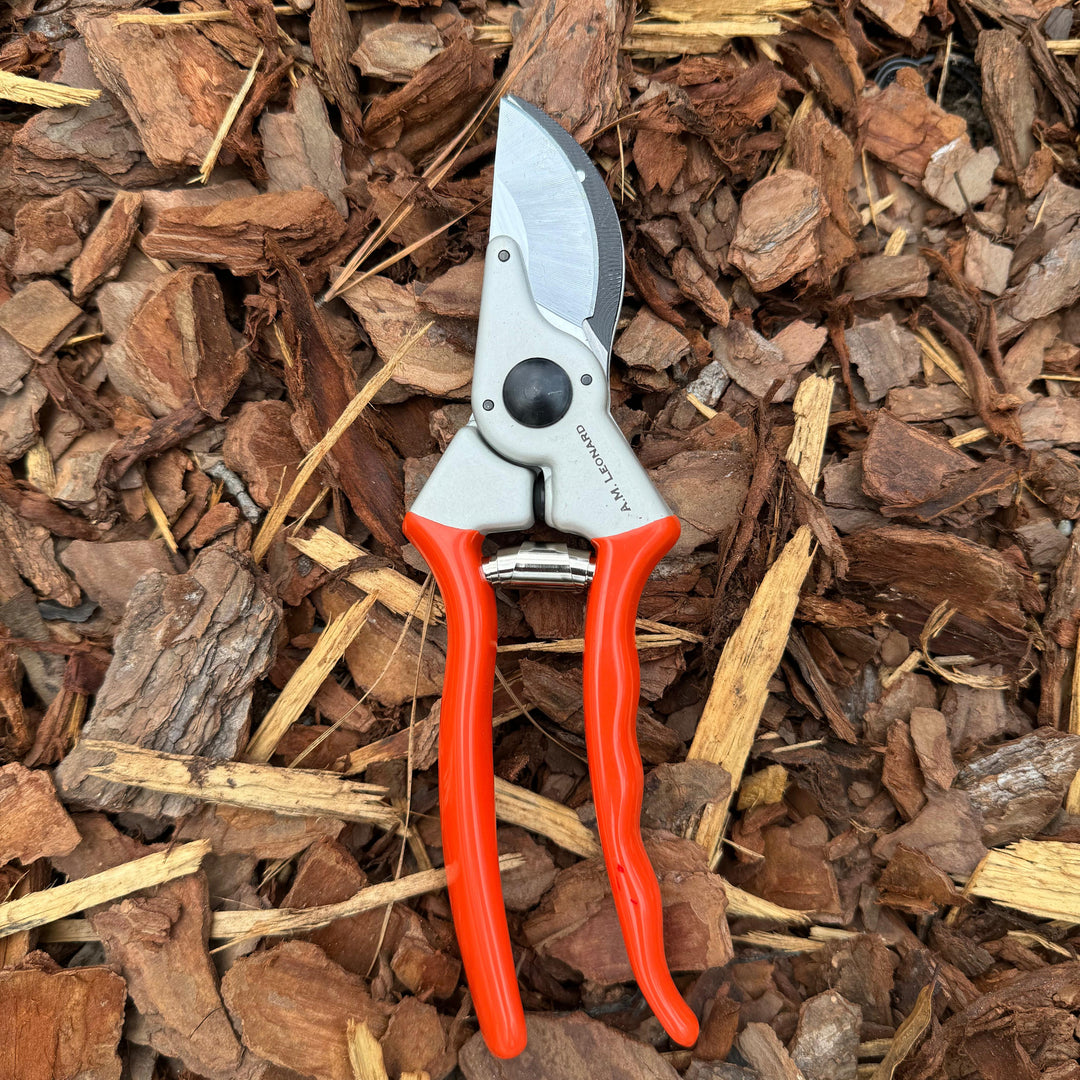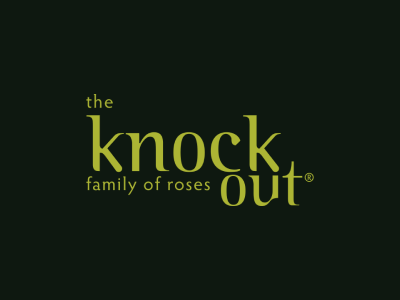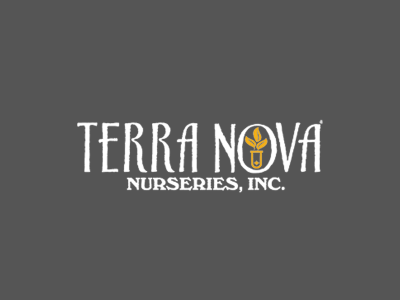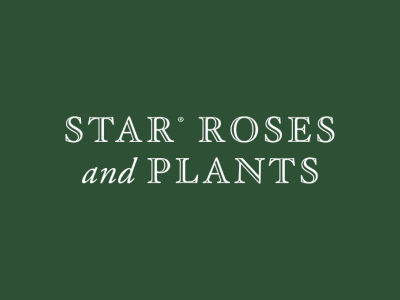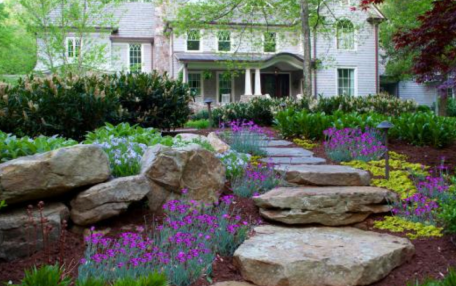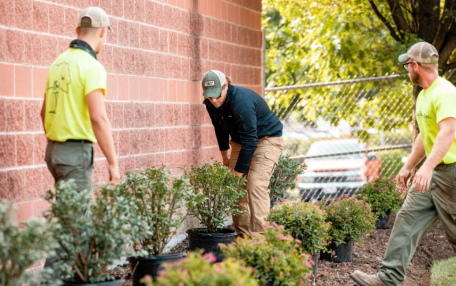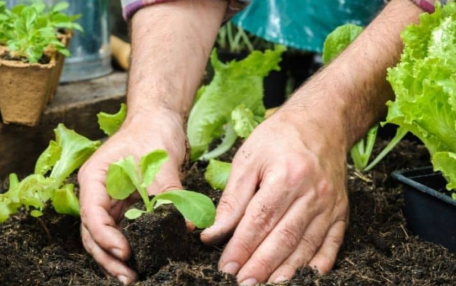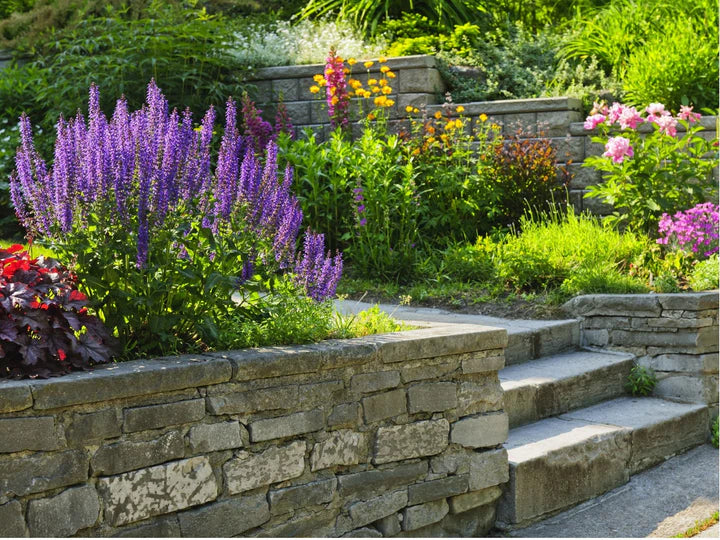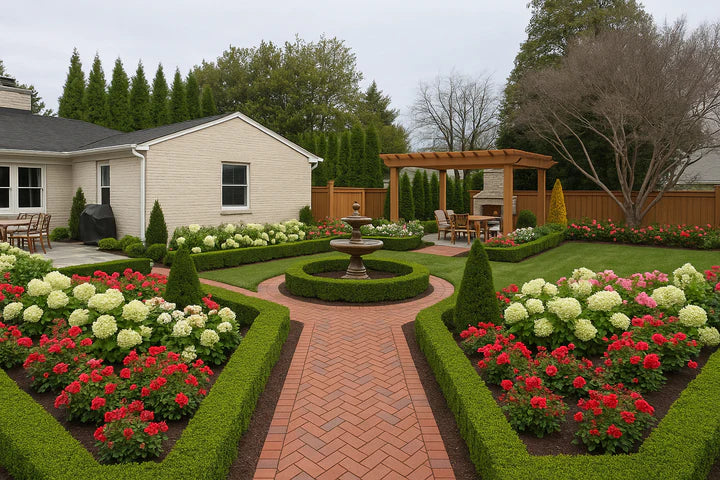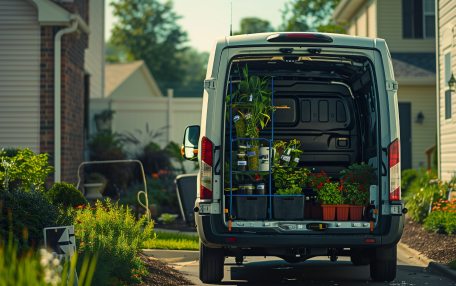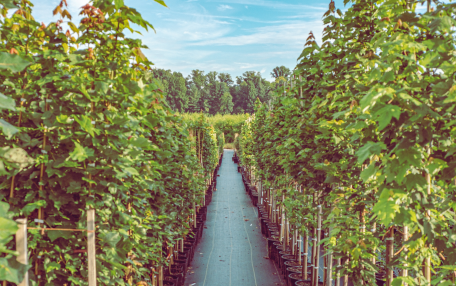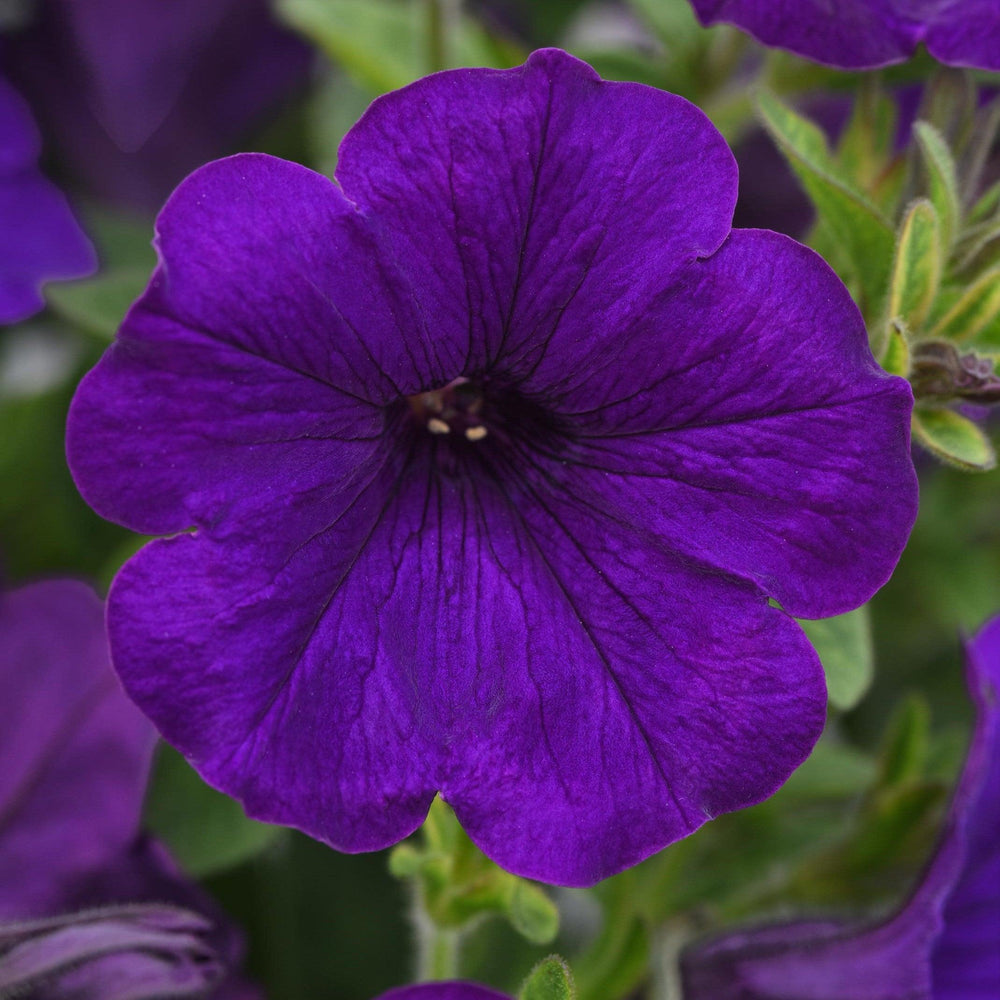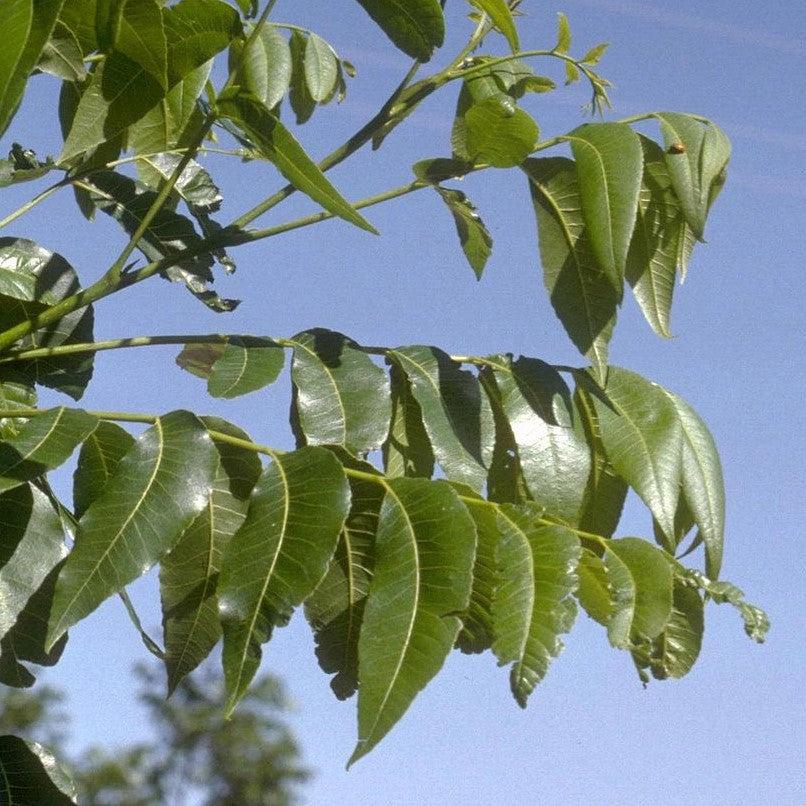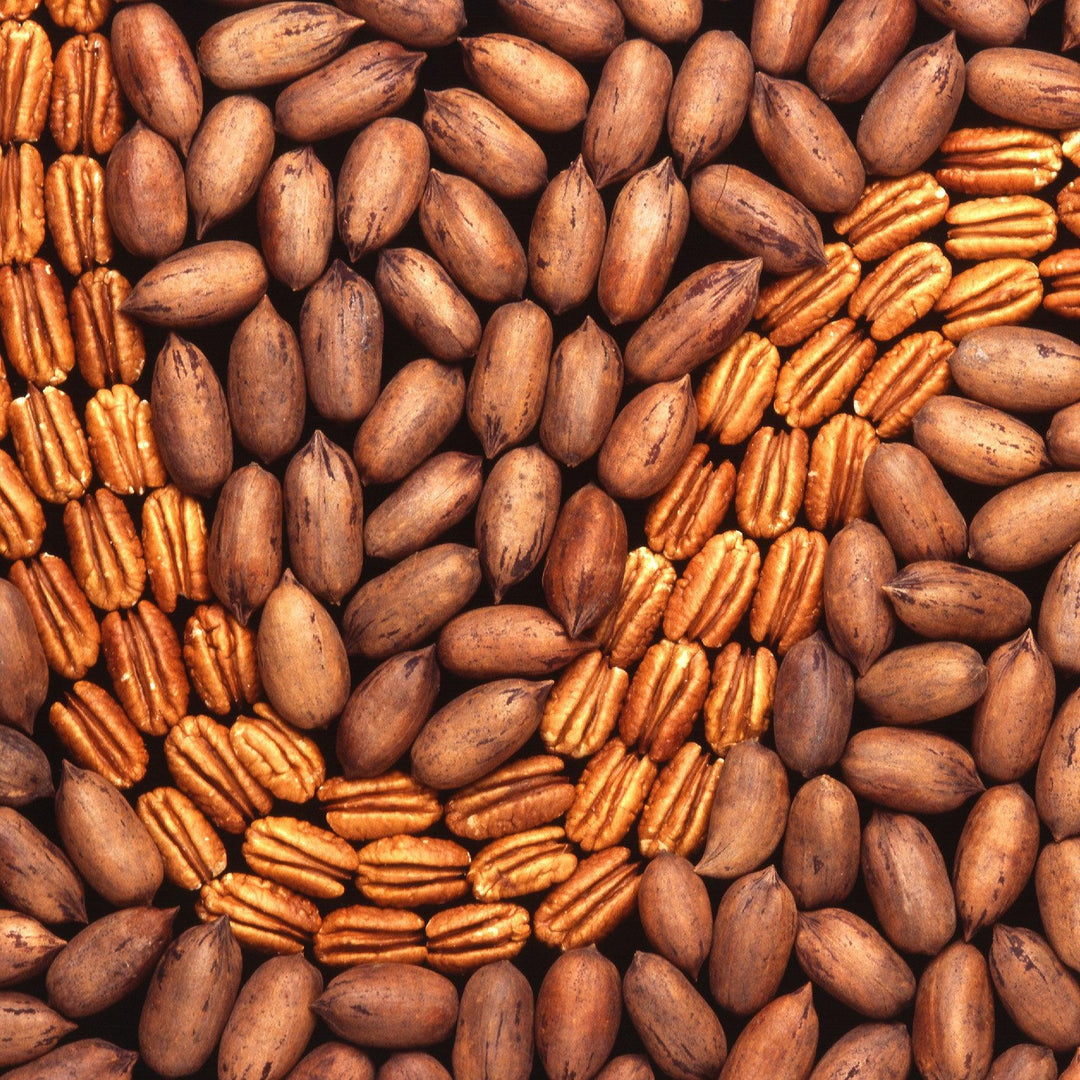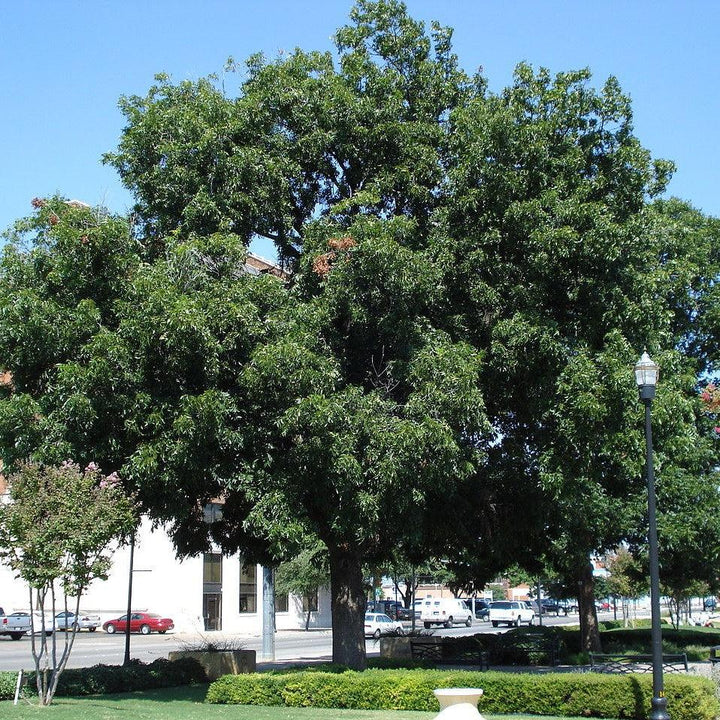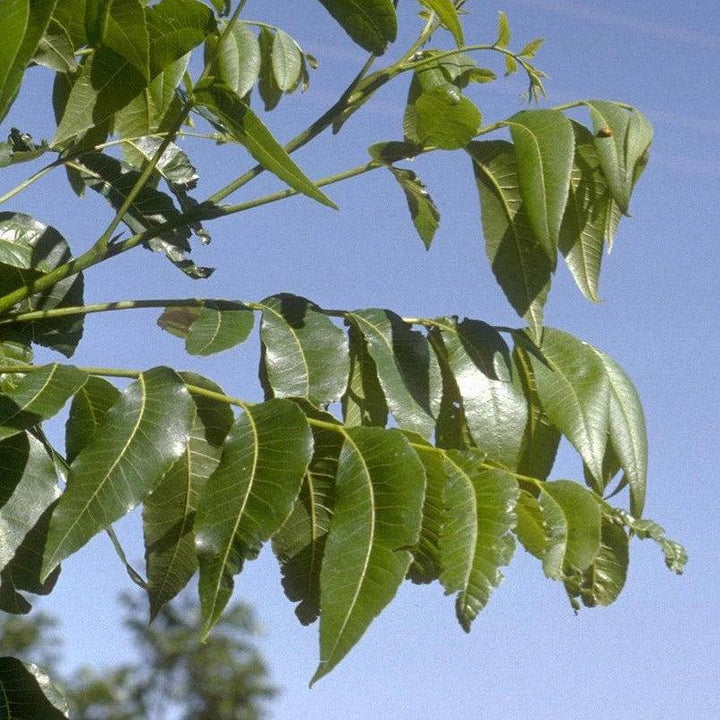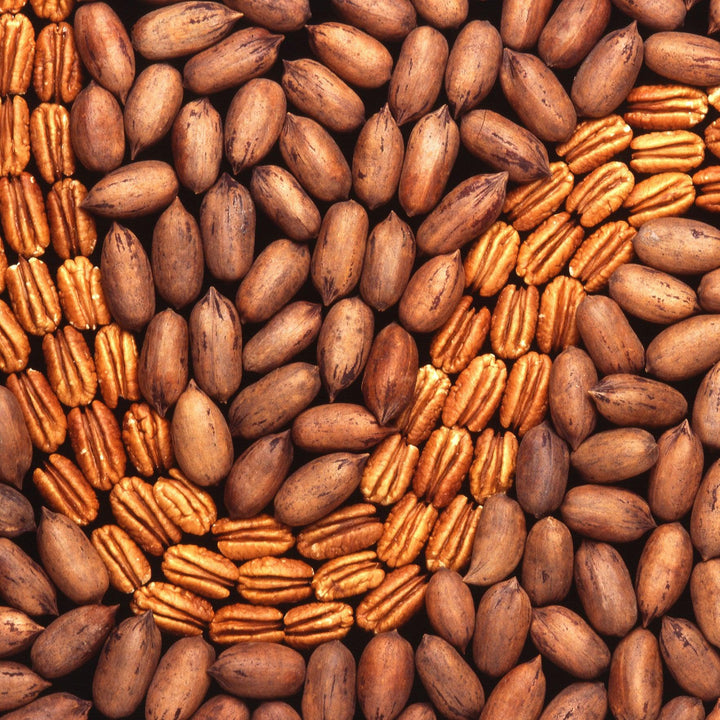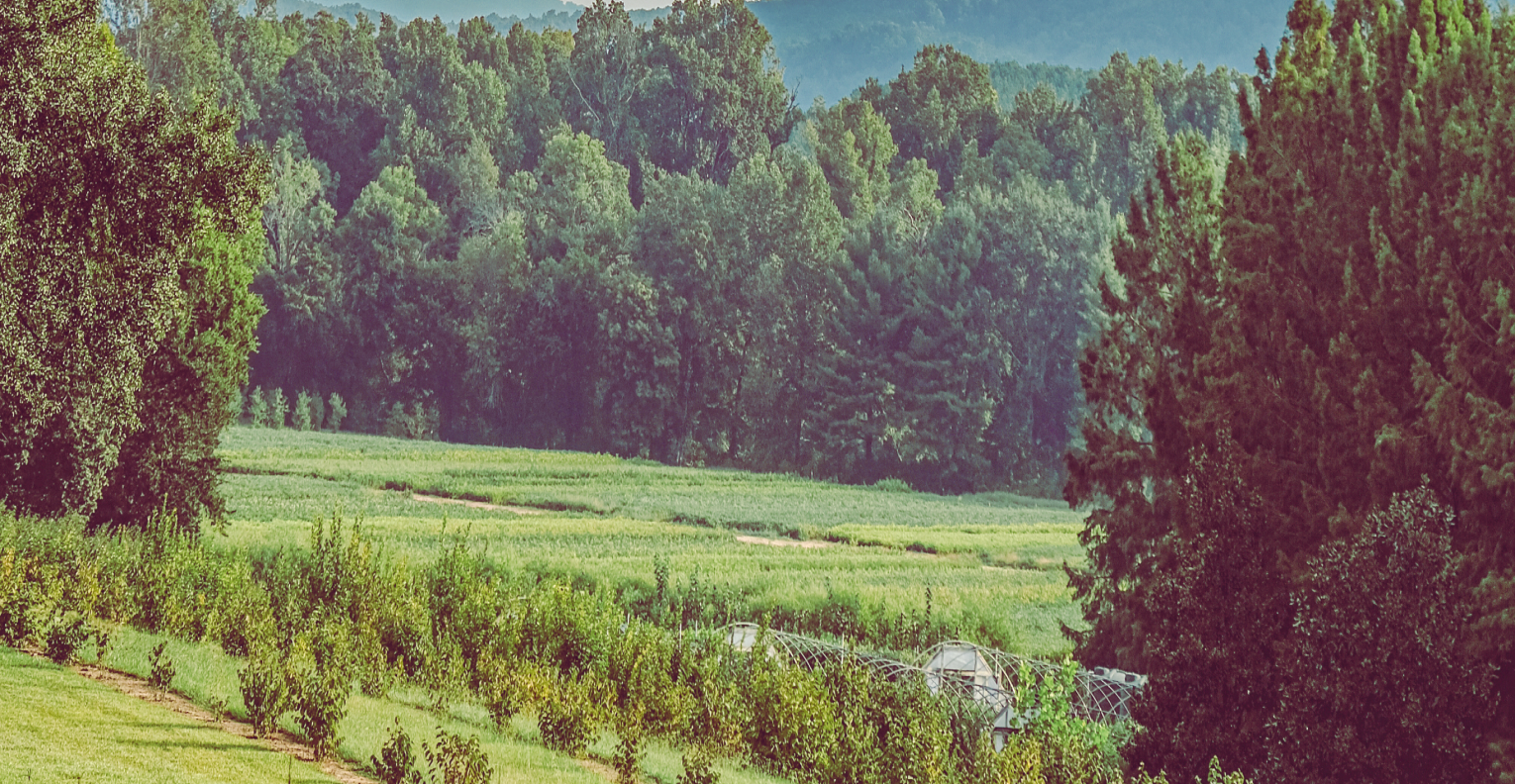The Pawnee Pecan tree is a medium to large-sized deciduous tree that can reach a height of 70 to 100 feet with a spread of 40 to 75 feet. It has a rounded canopy and attractive dark green foliage that turns golden in the fall.
One of the key features of the Pawnee Pecan is its early nut production. It typically starts producing nuts at a young age, usually around 4 to 6 years after planting. The nuts are medium to large in size with a thin shell and a rich, sweet flavor. They are highly prized for their quality and are often used in baking and cooking.
In addition to its excellent nut quality, the Pawnee Pecan is also known for its disease resistance. It is resistant to pecan scab, a common fungal disease that affects pecan trees. This makes it a popular choice for growers who want a low-maintenance and disease-resistant pecan tree.
|
Type: |
|
|
Origins: |
South Central N. America |
|
Height: |
25’ - 30’ |
|
Spread: |
25’ - 30’ |
|
Spacing: |
30’ |
|
USDA Hardiness Zone: |
5 - 9 |
|
Culture: |
|
|
Bloom Color: |
Green |
|
Season of Interest: |
MAINTENANCE NEEDS: Low maintenance. Difficult to transplant due to taproot. Large trees can produce considerable litter with twigs, leaves, and nuts. No serious disease or pests. Hickory bark beetle, pecan weevil, borers and twig girdler can be problems in some areas. White heart rot, anthracnose, leaf blotch, powdery mildew, leaf spot, cankers, catkin blight, crown gall and scab are occasional diseases.
LANDSCAPE USES: Specimen planting or mass plantings, Woodland Garden, Naturalized Areas, Native Garden, and Shade Tree.
COMPANION PLANTS: Yellow Birch, Oakleaf Hydrangea, Bottlebrush Buckeye
IMAGES: MPF, Carya illinoinensis foliage 2, CC BY 3.0, (2) U.S. Department of Agriculture, k7235-2
*As plants have ranges in appearance they may not appear as the images shown.


